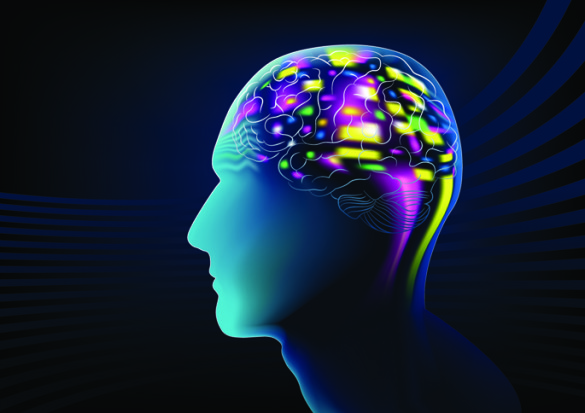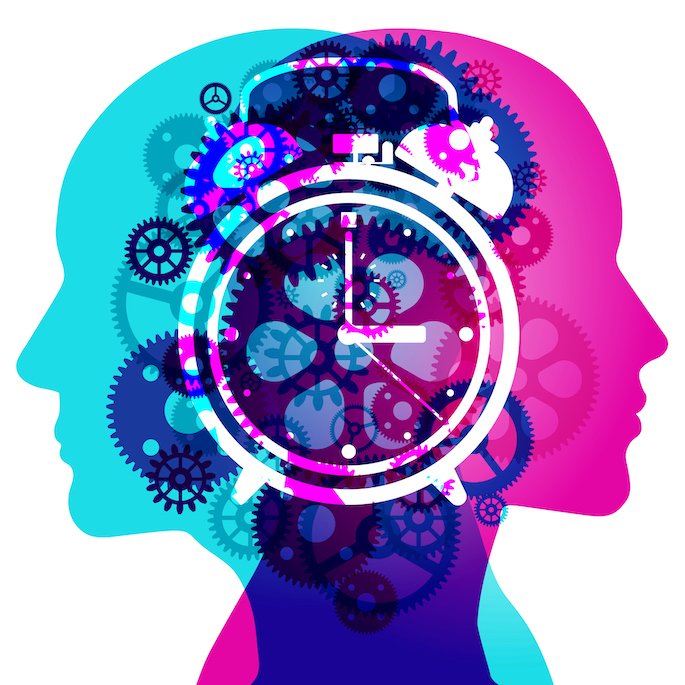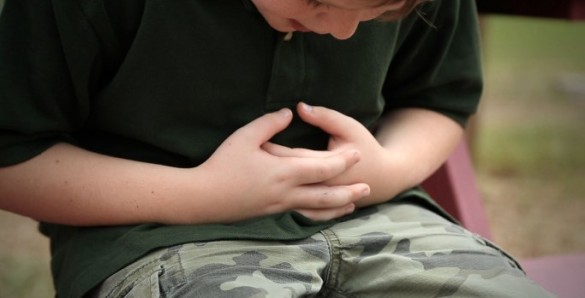by Kelsey Herbers
Stimulating neural activity between the amygdala and the nucleus accumbens — a brain region associated with pleasure — impairs social function even though mice find the stimulation rewarding, a new study published by Vanderbilt researchers in The Journal of Clinical Investigation reports.
While it has been shown that both the amygdala and parts of the nucleus accumbens are interconnected and are independently involved in autism spectrum disorders, of which social function is a core deficit, the connection between these two areas and its potential role in social function and autism isn’t understood.
Researchers tested sociability in mice by placing an empty cup and a cup with a mouse underneath it in front of a test mouse to see which cup the test mouse preferred. Most test mice spent time investigating the other mouse as opposed to the empty cup, but when the pathway between the amygdala and the nucleus accumbens was activated, the test mice lost that preference.

“When we replaced the mouse under the cup with a chocolate shake reward, the test mice preferred that reward even when the pathway between the amygdala and the nucleus accumbens was stimulated. The impairment seems to be specific to social interaction,” said Sachin Patel, MD, PhD, the paper’s corresponding author and director of the Division of General Psychiatry at Vanderbilt University Medical Center.
The study also discovered that the endogenous cannabinoid 2-arachidonoylglycerol (2-AG) — a molecule released from the nucleus accumbens’ neurons — inhibits the connection between the amygdala and the nucleus accumbens. When levels of 2-AG are enhanced while this connection is activated, normal social preference returns in mice.
When levels of 2-AG were enhanced in mouse models of a type of autism characterized by social deficits, the mice began to show a social preference that hadn’t previously existed.
The results suggest that pharmacologic treatments that increase levels of 2-AG in the brain could enhance sociability in individuals with psychiatric illnesses that involve social deficits, such as autism and schizophrenia.
This research was supported by the Simons Foundation Autism Research Initiative and the National Institutes of Health (grant MH107435).















